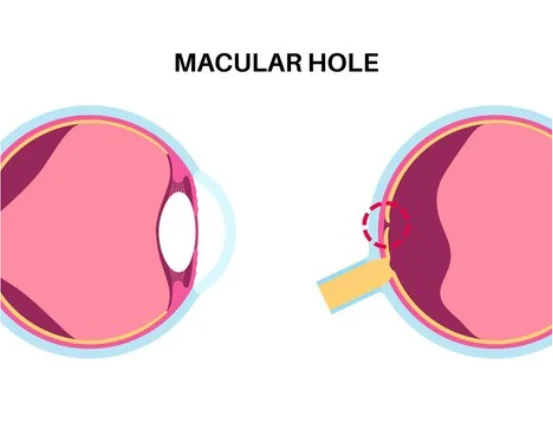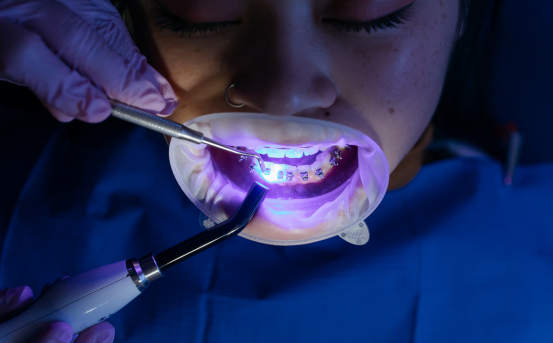Laryngectomy surgery is a critical surgical procedure often recommended for patients with advanced laryngeal cancer or severe trauma to the voice box. In simple terms, a laryngectomy involves the removal of all or part of the larynx (voice box). While it is a life-saving procedure, it significantly impacts speech and breathing. Understanding the different types of laryngectomy surgeries can help patients and caregivers make informed decisions about treatment options, recovery expectations, and lifestyle changes.
A laryngectomy is a life-saving but life-changing surgery that may involve the removal of part or all of the larynx. Depending on the stage and extent of the disease, doctors may recommend different types of laryngectomy surgeries. These range from total laryngectomy, where the entire larynx is removed, to partial or supraglottic laryngectomy, where only certain affected areas are surgically excised.
What is a Laryngectomy?
A laryngectomy is a surgical procedure to remove part or all of the larynx. The larynx is located in the throat and plays a vital role in breathing, speaking, and swallowing. When diseases like cancer damage the larynx beyond repair, laryngectomy becomes a necessary option.
The procedure alters natural speech and breathing. After surgery, breathing is done through a stoma, a permanent hole created in the neck, and speech may require assistive devices or alternative techniques.
Why is Laryngectomy Performed?
Common reasons for performing a laryngectomy include :-
-
Laryngeal Cancer (Stage III or IV)
-
Radiation or Chemotherapy Failure
-
Severe Neck or Throat Trauma
-
Rare airway obstruction or dysfunctions
-
Recurrent or aggressive laryngeal tumors
Depending on the severity and location of the problem, different types of laryngectomy procedures are advised.
Types of Laryngectomy Surgery
There are three major types of laryngectomy surgeries :-
-
Total Laryngectomy
-
Partial Laryngectomy
-
Supraglottic Laryngectomy
Each type differs in terms of extent, complexity, recovery time, and voice outcomes. Let’s explore each one in detail.
Total Laryngectomy
Total laryngectomy is the complete removal of the larynx, including the vocal cords. It is typically performed when cancer has spread throughout the larynx or when previous treatments like radiation or chemotherapy have failed.
Key Features :-
-
Permanent separation of the airway from the mouth and nose
-
Creation of a permanent stoma for breathing
-
Loss of natural voice
-
Requires speech rehabilitation methods (voice prosthesis, electrolarynx, or esophageal speech)
Ideal Candidates :-
-
Patients with advanced-stage laryngeal cancer
-
Individuals with radiation-resistant tumors
-
Severe traumatic injury to the larynx
Post-Surgery Considerations :-
-
Adjusting to the stoma
-
Use of assistive speech devices
-
Dietary and swallowing modifications
-
Regular follow-ups to monitor recurrence or complications
Partial Laryngectomy
Partial laryngectomy involves removing only the affected part of the larynx, preserving as much of the natural structure as possible. It is ideal for patients with early-stage cancers or localized lesions.
Types of Partial Laryngectomy :-
-
Vertical Hemi laryngectomy :- Removes one vertical half of the larynx, including one vocal cord.
-
Supracricoid Laryngectomy :- Removes parts above the cricoid cartilage, preserving speech and swallowing function to some extent.
Key Features :-
-
Retains some ability to speak naturally
-
Breathing may return to normal post-recovery
-
Temporary tracheostomy may be required
-
Lower risk of permanent lifestyle changes
Ideal Candidates :-
-
Patients with small, localized tumors
-
Non-invasive cancer in one vocal cord
-
Patients unfit for total laryngectomy
Post-Surgery Considerations :-
-
Voice may be altered but preserved
-
Temporary feeding tube may be required
-
Regular speech therapy recommended
Supraglottic Laryngectomy
Supraglottic laryngectomy involves removing only the upper part of the larynx, specifically the area above the vocal cords (epiglottis and false vocal cords).
Key Features :-
-
Vocal cords are preserved
-
Patient retains the ability to speak
-
Breathing and swallowing functions may be affected temporarily
-
Risk of aspiration (food entering the airway) during recovery
Ideal Candidates :-
-
Patients with tumors confined to the supraglottic region
-
Individuals with early-stage supraglottic cancers
-
Non-smokers or light smokers (better healing and lower recurrence)
Post-Surgery Considerations :-
-
Swallowing therapy is crucial
-
Temporary tracheostomy may be used
-
Long-term monitoring to detect recurrence
Minimally Invasive Laryngectomy: Transoral Robotic Surgery (TORS)
In recent years, robotic-assisted partial laryngectomy has emerged as a minimally invasive option. Using Transoral Robotic Surgery (TORS), surgeons can remove small laryngeal tumors through the mouth without external incisions.
Advantages of TORS :-
-
Reduced blood loss
-
Faster recovery
-
Shorter hospital stay
-
Better cosmetic outcomes
-
Less pain and scarring
However, TORS is only suitable for very specific tumor types and early-stage cancers.
Voice Rehabilitation After Laryngectomy
One of the major concerns after any form of laryngectomy is loss or alteration of voice. Patients undergo speech and voice rehabilitation, which may include :-
-
Tracheoesophageal Speech (Voice Prosthesis) :- A small valve implanted between the trachea and esophagus allows air to produce sound.
-
Electrolarynx :- A handheld device placed on the neck that produces vibrations to create speech.
-
Esophageal Speech :- Learning to speak by pushing air into the esophagus and releasing it to produce sound.
Laryngectomy Recovery: What to Expect?
Recovery time varies depending on the type of surgery. General expectations include :-
-
Hospital stay :- 7–14 days for total laryngectomy surgery; shorter for partial.
-
Tracheostomy care :- Vital to prevent infections and blockages.
-
Nutritional support :- May require a feeding tube during initial recovery.
-
Speech therapy :- Regular sessions to regain communication skills.
-
Emotional support :- Counseling is often recommended due to lifestyle changes.
Risks and Complications of Laryngectomy Surgery
Like any major surgery, laryngectomy involves potential risks :-
-
Infection or bleeding
-
Difficulty swallowing or breathing
-
Fistula formation (abnormal connection between tissues)
-
Aspiration pneumonia (especially in partial laryngectomy)
-
Scarring and emotional trauma
Early detection, proper pre-surgical planning, and post-operative care can minimize these risks significantly.
Choosing the Right Type of Laryngectomy Surgery
The choice of laryngectomy type depends on :-
-
Stage and location of the tumor
-
Patient’s age and general health
-
Previous treatments
-
Voice and airway preservation goals
A multidisciplinary team ENT surgeons, oncologists, speech therapists, and counselors—typically work together to tailor the best treatment plan for the patient.
Conclusion
Understanding the types of laryngectomy surgeries is crucial for making informed treatment choices. Whether it’s a total or partial procedure, each type comes with its own benefits, risks, and lifestyle changes. With advancements in minimally invasive surgeries and voice rehabilitation techniques, many patients can regain a high quality of life post-laryngectomy.























